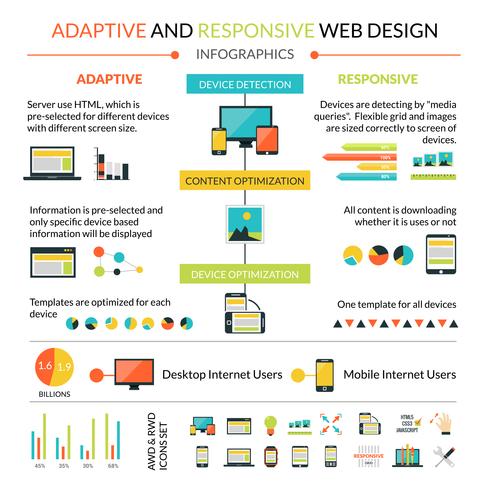Join Us As We Embark On A Trip Via Time, Discovering The Development Of Web Site Design And Just How It Has Impacted The Digital Landscape
Join Us As We Embark On A Trip Via Time, Discovering The Development Of Web Site Design And Just How It Has Impacted The Digital Landscape
Blog Article
Authored By-Asmussen Harding
In the past, websites were simple and concentrated on info. Navigating was straight, and style was for desktops. Currently, user experience is essential. Information guides styles for simple navigating. Responsive formats match different gadgets. Today, dark setting lowers pressure, and minimalist food selections enhance navigation. Interactive features engage individuals, and strong visuals stand out. AI integration increases involvement. See exactly how design has evolved to enhance your online journey.
Early Days of Web Design
In the early days of website design, simplicity reigned supreme. Internet sites were basic, with minimal shades, typefaces, and designs. The focus got on offering information as opposed to flashy visuals. Users accessed the net with sluggish dial-up links, so rate and performance were vital.
Navigation menus were straightforward, commonly located at the top or side of the web page. Web sites were developed for desktop, as mobile surfing wasn't yet prevalent. Content was king, and designers focused on easy readability over complex style elements.
HTML was the key coding language used, and developers had to function within its restrictions. Computer animations and interactive features were marginal compared to today's criteria. discover this info here were fixed, with little vibrant material or personalized user experiences.
Rise of User-Focused Design
With the advancement of website layout, a shift in the direction of user-focused layout principles has actually ended up being significantly noticeable. Today, developing websites that focus on individual experience is essential for engaging site visitors and achieving service goals. User-focused layout includes recognizing the demands, choices, and habits of your target market to customize the internet site's design, content, and features accordingly.
Developers currently perform comprehensive research, such as user surveys and usability screening, to gather understandings and comments directly from users. This data-driven approach assists in producing intuitive navigating, clear calls-to-action, and aesthetically appealing user interfaces that reverberate with site visitors. By positioning the individual at the center of the layout procedure, sites can deliver an extra tailored and enjoyable experience.
https://www.socialmediatoday.com/news/9-call-to-action-best-practices-to-improve-your-marketing-strategy/618385/ has actually likewise emerged as a vital facet of user-focused design, making sure that websites are optimized for different devices and display sizes. This adaptability enhances ease of access and functionality, dealing with the diverse ways individuals connect with sites today. Basically, the rise of user-focused style indicates a shift in the direction of producing electronic experiences that focus on the needs and expectations of the end individual.
Modern Trends in Website Design
Check out the latest patterns shaping web design today. One prominent trend is dark setting layout, providing a streamlined and contemporary appearance while lowering eye stress in low-light atmospheres. An additional vital trend is minimalist navigation, simplifying food selections and enhancing individual experience by concentrating on essential elements. Including micro-interactions, such as animated switches or scrolling results, can create a much more appealing and interactive web site. Receptive layout continues to be vital, making sure seamless customer experiences across various tools. In addition, using bold typography and asymmetrical layouts can include aesthetic rate of interest and draw attention to specific content.
Integrating AI technology, like chatbots for consumer assistance or customized suggestions, improves user engagement and enhances processes. Access has additionally come to be a substantial fad, with developers focusing on inclusive style practices to cater to diverse user demands. Embracing sustainability by optimizing internet site efficiency for speed and performance is an additional emerging pattern in web design. Working together with user feedback and information analytics to iterate and enhance design continuously is necessary for staying appropriate in the ever-evolving digital landscape. By accepting these modern-day patterns, you can develop an aesthetically attractive, user-friendly website that resonates with your target market.
Conclusion
As you assess the development of web site design from the very early days to now, you can see just how user-focused design has come to be the driving pressure behind contemporary patterns.
Welcome the trip of modification and adjustment in web design, always maintaining the customer experience at the center.
Keep present with the current fads and modern technologies, and never ever quit advancing your approach to produce aesthetically magnificent and straightforward internet sites.
Advance, adjust, and create - the future of web design is in your hands.
